Tidepooling in the Galapagos
You never know what you’ll find just poking along.
The bulk of our morning of Day 5 in the Galapagos was a delightful walk out the lava “bench” inland from Puerto Egas on the island of Santiago. You wouldn’t expect at first that much would be waiting in such a bleak landscape.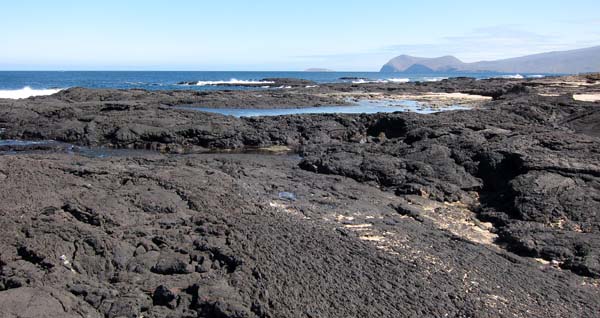
But look closely, and there is plenty of stuff to look at. This is a Lava Heron, once thought to be a separate species, or at the very least an endemic subspecies to the Galapagos, occurring alongside typical Striated Herons of exactly the same size and shape. Ha – not quite. It turns out that the Striated Heron is indeed an endemic subspecies (Butorides striata sundevalli), but the Lava Heron is nothing more than a mere dark morph of exactly the same subspecies.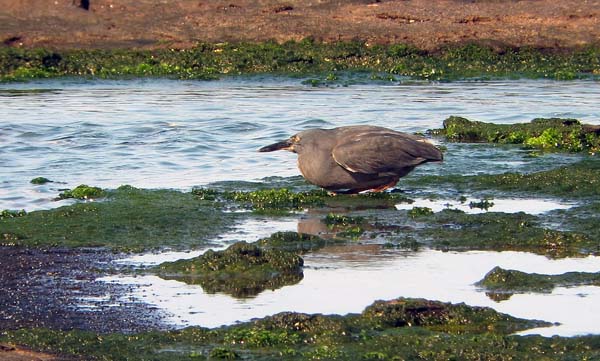
Birds can be ridiculously tame here. This is a Yellow-crowned Night-Heron. Of the six recognized subspecies, this is the endemic Nyctanassa violacea pauper.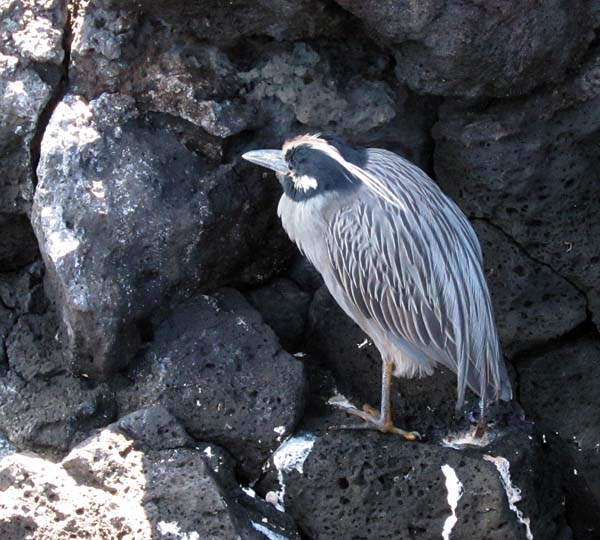
What do you think made these tracks?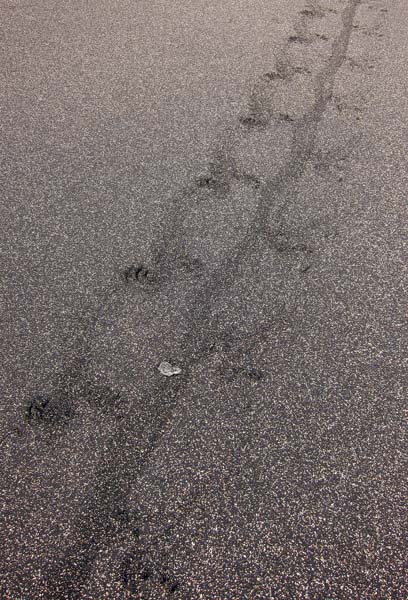
Notice the claws and the central track indicating a tail. Yes, Marine Iguana.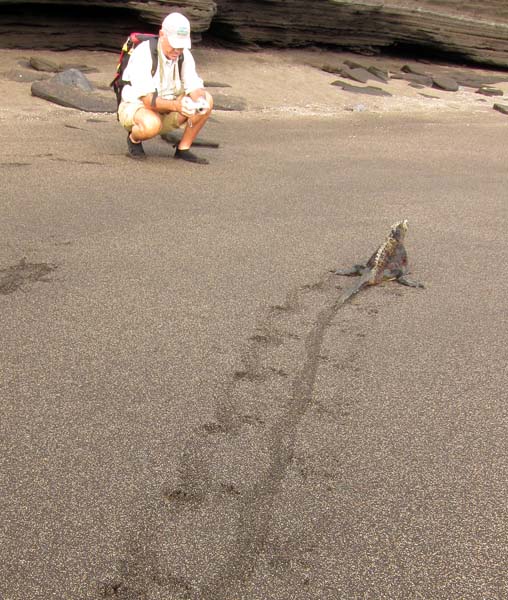
These Marine Iguanas are very common at some of the sites we visit. The subspecies here is average in size. In the colder western waters they are quite big, while in the warmer waters of islands such as Genovesa, they are downright tiny. Notice the young Galapagos Sea Lion. This is a popular beach for swimming, advisable only when there isn’t a territorial male sea lion patrolling with his aggressive barking.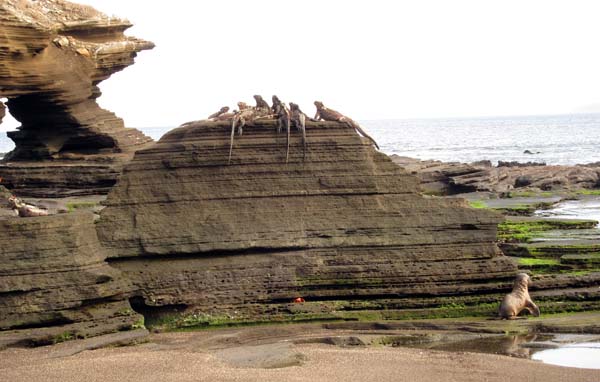
Here’s another Marine Iguana with some American Oystercatchers.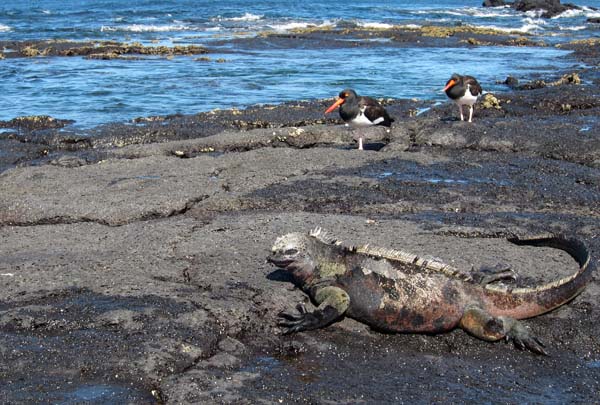
These are the endemic subspecies Haematopus palliatus galapagensis, the only one other than the nominate of the mainland.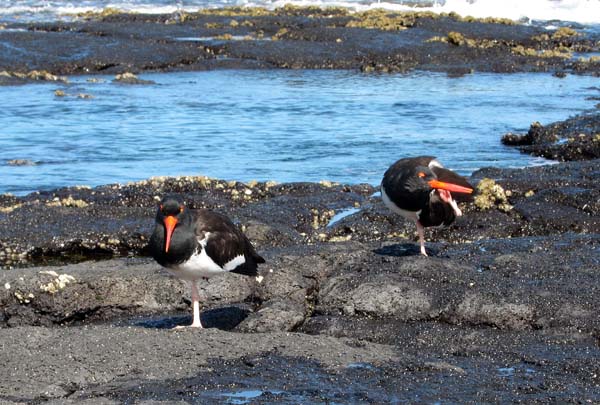
The differences between this subspecies and the mainland one aren’t all that great, even at close range.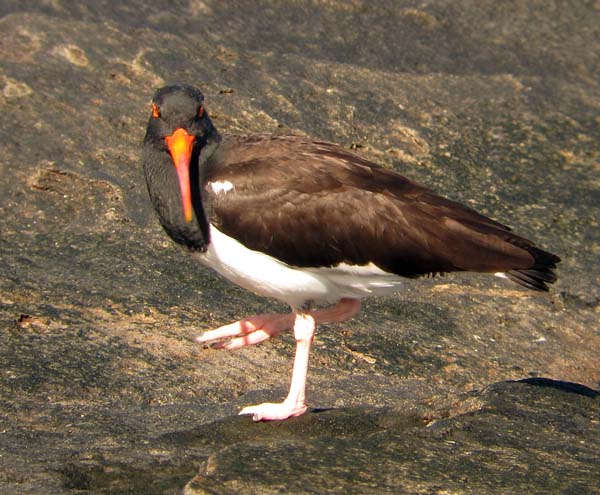
We saw our first Galapagos Fur Seals here. Sea Lions are everywhere, while these are scarcer and rather local. Telling the two apart isn’t instantly obvious – there are differences in the shape of the face and the quality of the fur.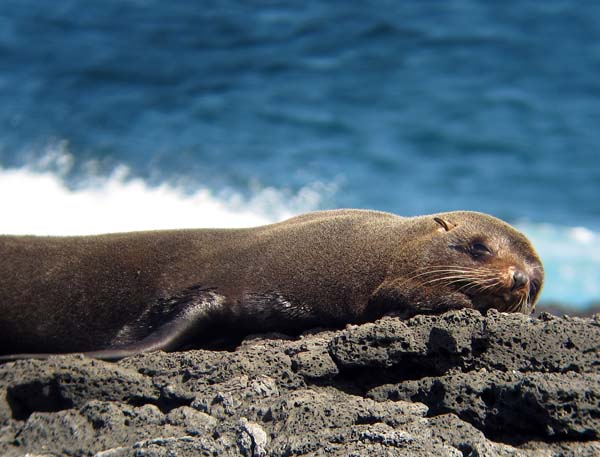
The Galapagos Mockingbirds here are of the same (nominate) subspecies as on the other large islands of the central and western Galapagos.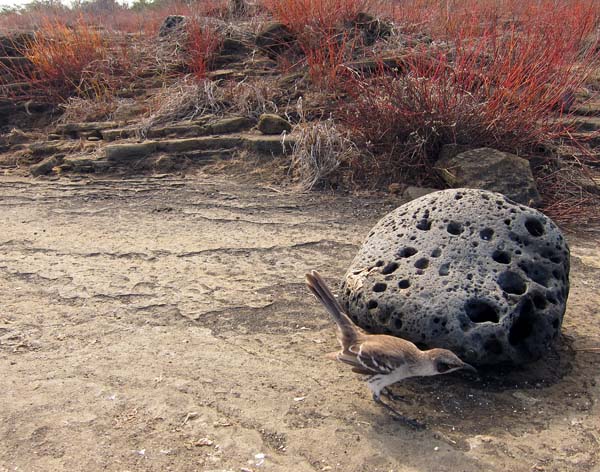
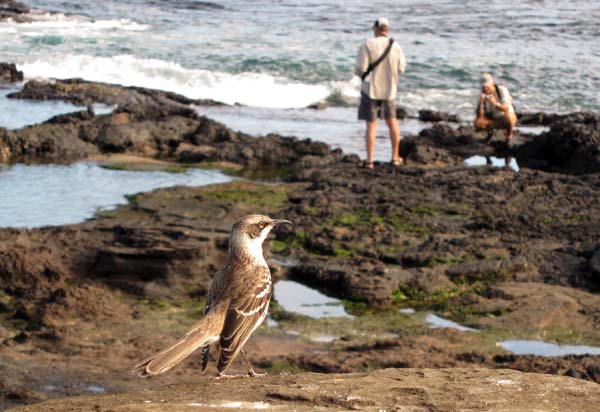
There was a family group of Galapagos Hawks here, and this juvenile and its sibling seemed incapable of acknowledging our presence. Plumage characteristics conform with genetic evidence that shows the closest relative as the Swainson’s Hawk, which makes sense given that species’ migratory behavior, making it the more likely species to colonize a distant island group.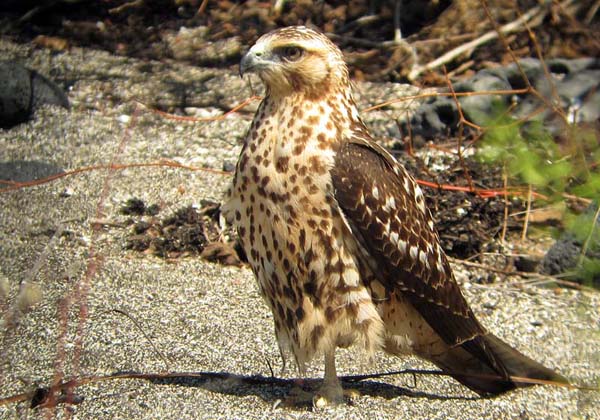
This scorpion is one of two native to the islands and is considered a subspecies of a more widespread mainland species, Hadruroides maculatus galapagoensis. We found this one under a rock just inland from the lava flats.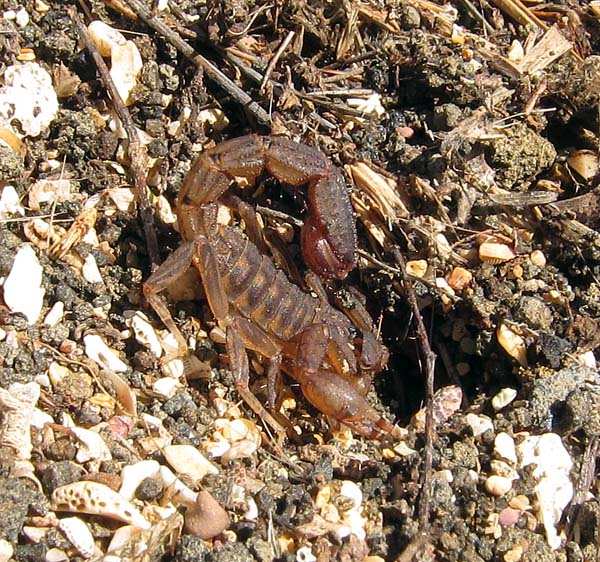
The lava bridges and pools offered endless places to explore and photograph.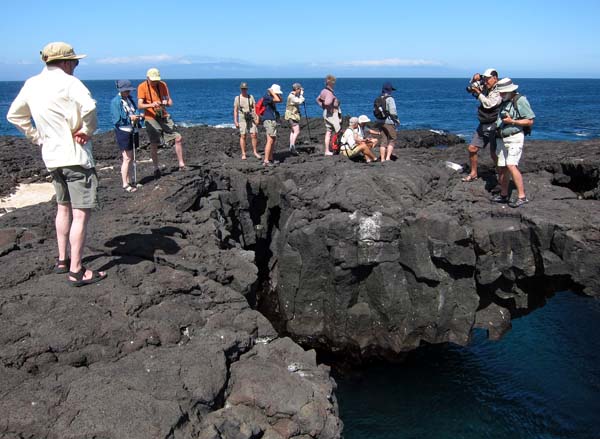
Even the tiniest, warm, oxygen-deprived tidepools hosted the the endemic Marbled Goby, Eleotrica cableae.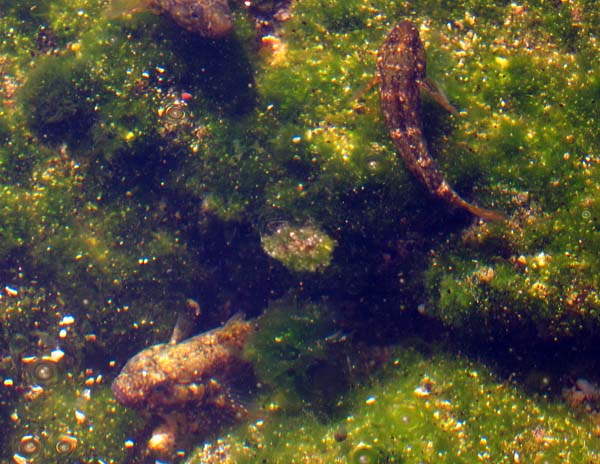
We saw our only Willet here, along with a few Ruddy Turnstones. This would be the Western Willet, a good split from the eastern subspecies.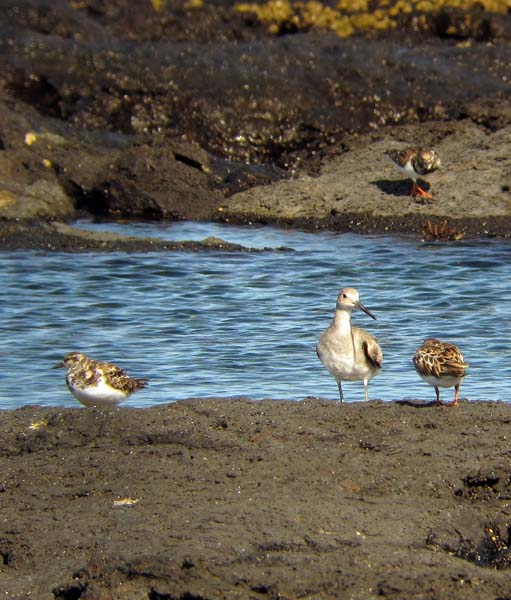
For our afternoon adventure we motored through Buccaneer Bay…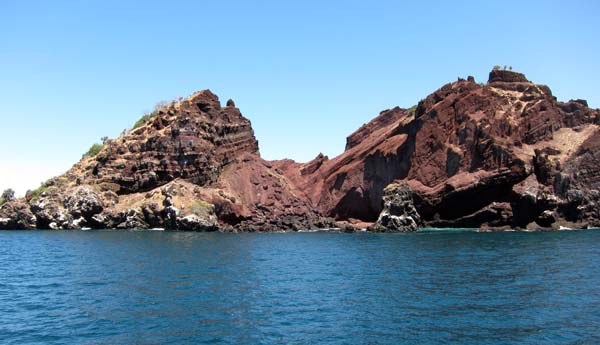
…seeing some seabirds along the way, such as this Elliot’s Storm-Petrel. This was also a good trip to see leaping manta rays.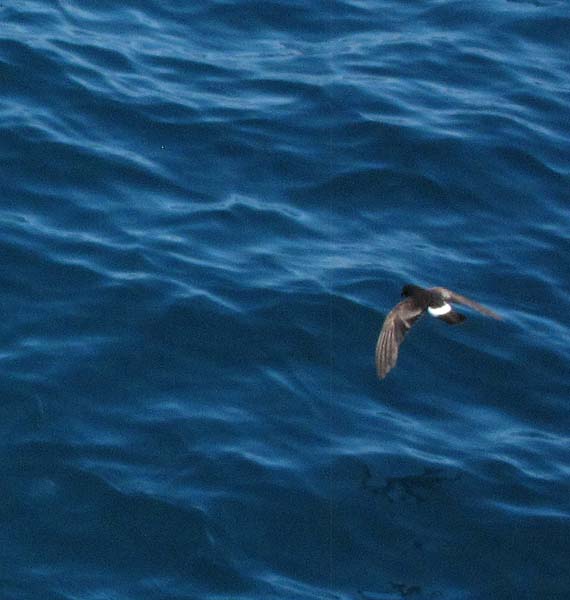
We then took the wooden walkway up to the overlook on Bartolome Island, passing by these haunting flats of dry lava rock with evenly-spaced Tiquilia plants.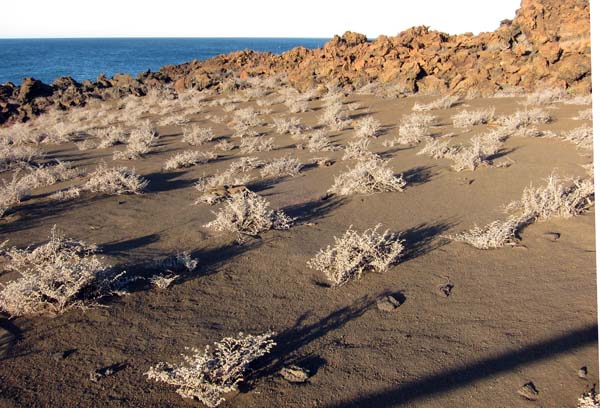
The view from the top was stunning. This is perhaps the most famous view in the Galapagos. It was featured in the recent movie Master and Commander.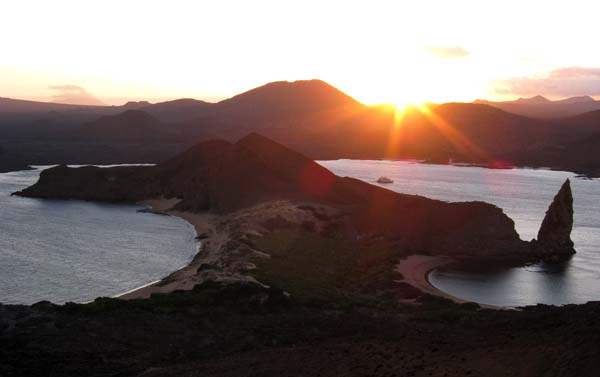

Rich is amazing and he does see every living thing as the unique spirits they are. Wonderful articles and thank you Rich for you enrich the lives of all who see new life with you.
Good God. I really need to go there. Awesome shots. Im confused about the oystercatchers though…..I thought there were a number of subspecies…did that change?
The Galapagos Islands are the most incredible living museum of evolutionary changes, with a huge variety of endemic species (birds, land and sea animals, plants) and landscapes not seen anywhere else.
https://www.galapagos-islands-tourguide.com/